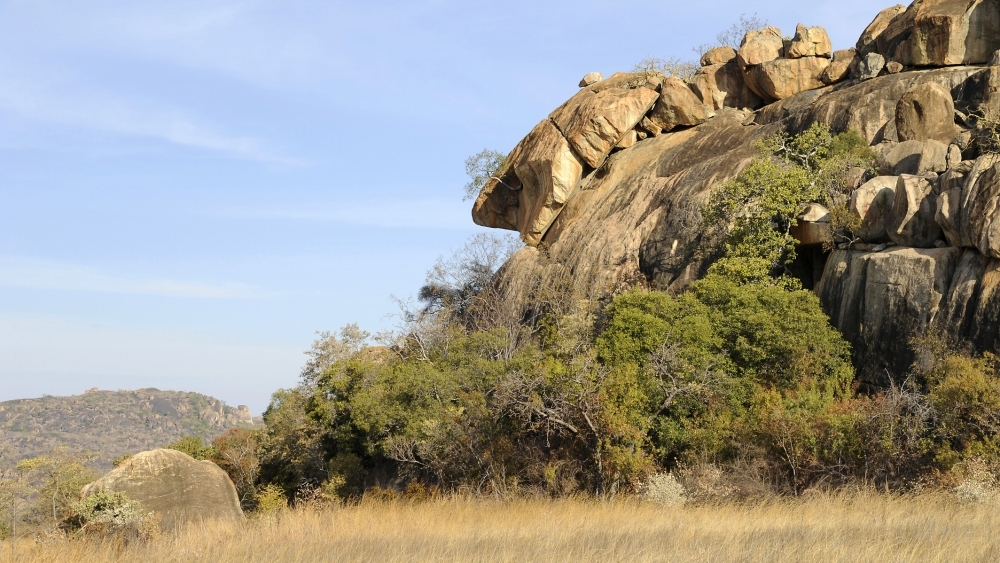Matobo Hills National Park: Rock Formations and Wildlife
Nestled in the heart of Zimbabwe, Matobo Hills National Park is a mesmerizing blend of natural beauty and cultural heritage. Known for its stunning rock formations and rich wildlife, this UNESCO World Heritage Site offers a unique experience for nature lovers and history enthusiasts alike. Whether you’re drawn by the allure of ancient landscapes or the call of the wild, Matobo Hills promises an unforgettable adventure.
What to See
Matobo Hills is renowned for its dramatic granite rock formations, which have been sculpted by nature over millions of years. These formations, often referred to as “kopjes,” create a breathtaking landscape that is both rugged and serene. Among the most famous is the “Mother and Child” rock formation, a must-see for any visitor.
The park is also home to a diverse array of wildlife. It’s one of the best places in Africa to see the endangered black and white rhinoceros. Birdwatchers will be thrilled by the presence of the world’s largest concentration of black eagles. The park’s varied habitats support a wide range of species, including leopards, antelopes, and a variety of reptiles.
For those interested in history and culture, the park is dotted with ancient San rock art sites. These paintings, some of which are over 13,000 years old, offer a glimpse into the lives of the region’s earliest inhabitants.
A Bit of History and Interesting Facts
Matobo Hills has a rich history that dates back thousands of years. The area has been inhabited since the Stone Age, and the San people, also known as Bushmen, left behind a legacy of rock art that is still visible today. These paintings are not only beautiful but also provide valuable insights into the spiritual and social lives of the San.
The name “Matobo” is derived from the local Kalanga word “madombo,” meaning “bald heads,” a reference to the smooth, rounded shapes of the granite hills. The park was established in 1926, making it one of Zimbabwe’s oldest national parks.
An interesting fact about Matobo Hills is that it was a favorite retreat of Cecil Rhodes, the British imperialist and founder of Rhodesia (now Zimbabwe). He was so enamored with the area that he chose to be buried there, at a site known as “World’s View,” which offers panoramic views of the surrounding landscape.
How to Get There and Tips for First-Time Visitors
Matobo Hills National Park is located about 35 kilometers south of Bulawayo, Zimbabwe’s second-largest city. The most convenient way to reach the park is by car, and the drive takes approximately 45 minutes. If you’re traveling from Harare, the capital city, it’s about a 5-hour drive.
For first-time visitors, it’s advisable to hire a local guide. Not only will they enhance your understanding of the park’s history and wildlife, but they can also help you navigate the sometimes challenging terrain. Be sure to wear comfortable walking shoes and bring plenty of water, as the park can get quite hot, especially during the summer months.
Accommodation options range from camping sites to lodges, catering to different preferences and budgets. It’s a good idea to book in advance, especially during peak tourist seasons.
In summary, Matobo Hills National Park is a destination that offers a perfect blend of natural beauty, wildlife, and cultural heritage. Whether you’re exploring the ancient rock art, marveling at the unique rock formations, or spotting wildlife, the park provides a rich and rewarding experience.








